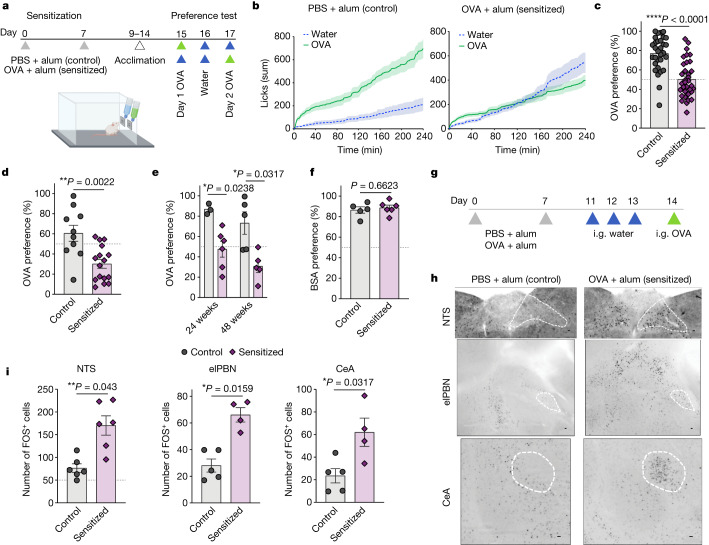Fig. 1. Allergic sensitization induces specific and long-lasting avoidance behaviour to food allergen.
a, Schematic protocol for allergic sensitization and behavioural assay. b, Cumulative licks from mice sensitized with phosphate-buffered saline (PBS) + alum (left) or OVA + alum (right). Preference test consisting of one water bottle and one 1% OVA bottle on day 1 (n = 9–10 mice per group). c, Preference to OVA solution (n = 31 control and 34 allergic mice per group) on day 1 of the test. d, Preference to OVA with switched side bottles on day 2 of the test (n = 10 control and 16 allergic per group). e, Preference to OVA at 24 or 48 weeks after alum or OVA + alum sensitization (n = 3–6 mice per group). f, Preference to bovine serum albumin (BSA; n = 5 control and 6 allergic mice per group). g, Schematic protocol of allergic sensitization and oral challenge. Mice were administered intragastric (i.g.) OVA after OVA + alum sensitization and three sham gavages with water. Controls were sensitized with alum alone. h, Immunofluorescence images of the NTS (top), elPBN (middle) and CeA (bottom) from control (n = 5) or OVA + alum-sensitized (n = 4) mice using anti-FOS antibody, 90 min after OVA challenge. Scale bars, 100 µm. i, Number of FOS+ neurons in the NTS (left), elPBN (middle) and CeA (right) of control or OVA + alum-sensitized mice. Graphs show mean ± s.e.m. *P ≤ 0.05, **P ≤ 0.01, ****P ≤ 0.0001. Two-tailed Mann–Whitney test. Each panel is representative of at least two independent experiments. a,g, Created with BioRender.com.

